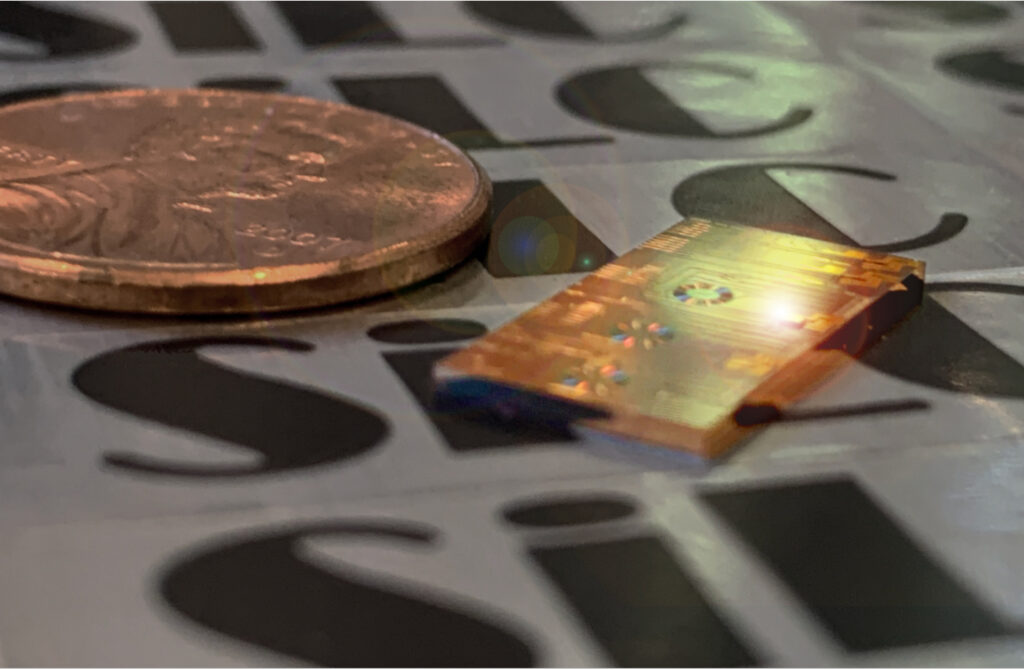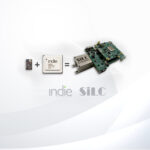ASIA ELECTRONICS INDUSTRYYOUR WINDOW TO SMART MANUFACTURING
Honda's Latest SiLC Funding To Get More Grip In AI
SiLC Technologies, Inc. (SiLC) has received an investment from Honda to develop next-generation FMCW LiDAR solutions for all types of mobility.
Accordingly, SiLC is the leading developer of single-chip FMCW LiDAR solutions and focuses on enabling advanced AI-based machine vision. Honda invests in innovative startups through its global open innovation program, Honda Xcelerator Ventures. Honda Innovations, a subsidiary of Honda Motor Co., Ltd., led this program.
“SiLC is the industry leader in the research and development of FMCW LiDAR, which is capable of detecting vehicles and various obstacles from long distances. Thus, Honda has high expectations for its potential,” said Manabu Ozawa, Managing Executive Officer, Honda Motor Co., Ltd.
In addition, Ozawa said, “Honda is striving for zero traffic collision fatalities involving our motorcycles and automobiles globally by 2050. We believe that SiLC’s advanced LiDAR technology will become an important technology for us. Moreover, Honda continues to discover, collaborate with and invest in innovative startups like SiLC through our global open innovation program, Honda Xcelerator Ventures.”

Paving the Way to Safer Roads and Communities
Equipping vehicles with advanced AI vision capabilities that autonomously detect hazards, predict movements, and prevent accidents can significantly enhance safety, Furthermore, it will also boost efficiency and reliability. This paves the way for a future where autonomous transportation becomes the norm. Thus, reducing traffic congestion and minimizing human error on the roads.
Current technologies do not support these critical capabilities. For example, Advanced Driver Assistance Systems (ADAS) can fail to detect objects at longer distances in diverse environments. Rapid detection of moving objects and early determination of intent can lead to fast reaction times that could make the critical split-second difference between life and death.
To ensure safety and autonomy in all situations, the deployed vision systems must be powerful, efficient in computation, compact, and scalable. Moreover, it must also be resilient to complex, unpredictable conditions, including interference from other systems. These requirements exclude existing time-of-flight-based solutions and highlight FMCW LiDAR as the ideal platform.
The FMCW LiDAR Advantage
SiLC is tackling several critical challenges in vehicle vision technology using high-performance FMCW LiDAR. Currently, radar and 2D/3D vision systems struggle with detecting dark objects, such as tires, at distances of a couple of hundred meters. They also have difficulty distinguishing between slow-moving and stationary vehicles for effective evasive actions. Most time-of-flight LiDARs suffer from interference caused by sunlight, retro reflectors, and other LiDAR systems.
For that reason, SiLC’s FMCW LiDAR overcomes these obstacles by detecting objects at distances of a kilometer or more with precise distance measurements. Furthermore, it can measure the velocity of objects, allowing the system to predict their movements accurately.
As the global machine vision and robotics market continues to expand, SiLC’s innovations will play a pivotal role in shaping the future of autonomous technology.
The company’s Eyeonic Sensor and Vision System represent significant advancements in machine vision, providing machines with the information necessary to navigate and interact with the physical world effectively. These systems leverage FMCW LiDAR technology to equip machines with super-human vision capabilities. Thus, addressing the critical need for accurate, real-time perception in various sectors to enable the level of dexterity and hand-eye coordination needed for all tasks.
SiLC is a performance leader in the market and offers the industry’s longest-range LiDAR and highest level of precision, setting a new benchmark in the field.
11 September 2024




